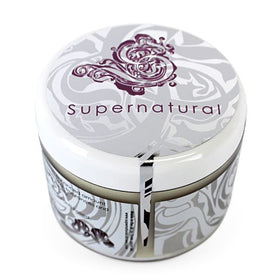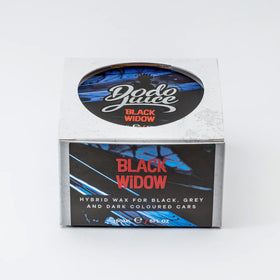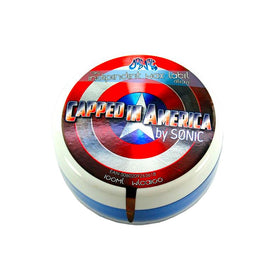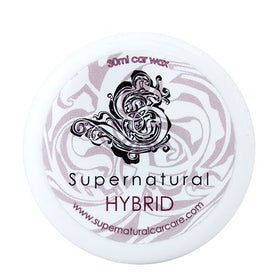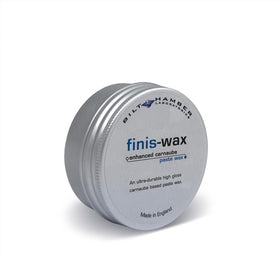Dodo Juice Banana Armour Hard Wax (For Warm Colours)
This carnauba and beeswax blend is a great choice if you want an easily applied coating that fills minor defects and swirls on your car's paintwork and also helps to protect the finish and make it less trouble to clean.
And there's also a slight dye effect from the yellow colour. We reckon about 2-4%, most visible if you do a 50/50 on a white panel with a couple of wax layers. You may not see it much on red or yellow paint, but it's there. And it's going to add the kind of warmth and glow you normally only get on a field-trip to Chernobyl.
Recoating interval? About every 2-3 months, but that's on a daily driver. On a garaged classic car used occasionally we'd probably re-wax once a year.
Hard vs Soft Wax - which is the one for you? Whilst many of our waxes have a standard consistency, we make some of our waxes a little firmer or softer than normal. Softer waxes are easier to spread by palm or fingertips. Hard waxes often cure faster and go further, because they are less likely to be accidentally over-applied. Both contain similar amounts of carnauba and beeswax and performance will be similar. Harder waxes may cure better if you are new to waxing, so these may seem to offer more performance. And soft waxes may feel glossier due to their 'sorbet' like texture. It often comes down to personal preference - there's no right or wrong with wax texture, it just comes down to what you like.






